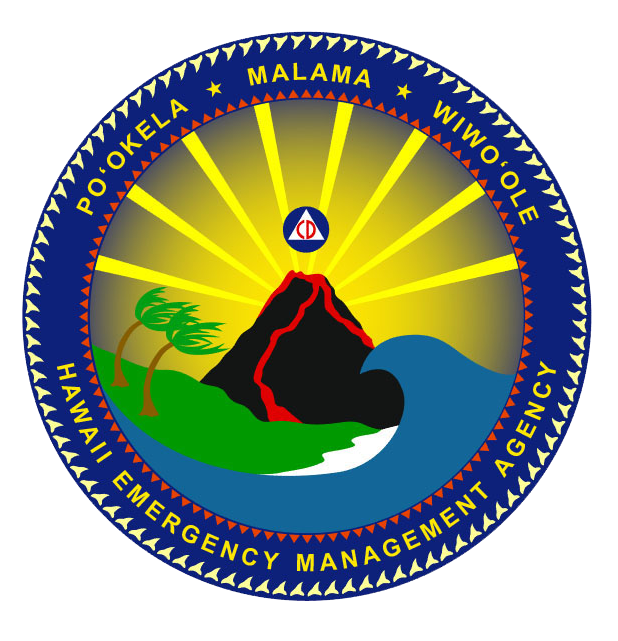Multi-Hazard Mitigation Plan
Authorized by §322 of the Robert T. Stafford Act as amended by §104 of the Disaster Mitigation Act of 2000 (DMA 2000), 44 CFR Part 201, Hazard Mitigation Planning, establishes criteria for developing state and local hazard mitigation plans. This act required states and counties to have approved hazard mitigation plans to receive mitigation funding.
The Standard State Hazard Mitigation Plan is also required for non-emergency assistance provided under the Stafford Act. This includes Public Assistance restoration of damaged facilities, the Hazard Mitigation Grant (HMG) program., and the Building Resilient Infrastructures and Communities (BRIC) program. The development of state and local hazard mitigation plans is critical for maintaining eligibility for future Federal Emergency Management Agency (FEMA) mitigation and disaster recovery funding.
Hazard mitigation is action taken to permanently reduce or eliminate long-term risk from the effects of natural hazards. Mitigation actions like prevention or reduction of loss differs from short-term preparedness, emergency response, recovery measures, and risk-spreading measures such as insurance.
The purpose of long-term multi-hazard mitigation is twofold:
- To protect people and structures from damage
- To minimize the costs of disaster response and recovery
On October 27, 2004, Hawaiʻi’s first approved State Multi-Hazard Mitigation Plan went into effect. The 2010 update became effective on October 4, 2010. The 2013 update became effective on August 19, 2013 and the 2018 update became effective on October 2, 2018.
Download the latest version of the plan.
DMA 2000 requires that state and county mitigation plans are updated every five years to maintain eligibility for disaster assistance. The 2018 HMP update represents a significant revision to the 2013 HMP, including a robust risk assessment that greatly expands upon the number and types of assets assessed and integrates best available data and climate science. The 2018 HMP also includes a new State Profile section and a Repetitive Loss Strategy.
The State Multi-Hazard Mitigation Plan
- Identifies the hazards and risks posed by natural & technological disasters
- Identifies actions & activities to reduce losses from those hazards
- Establishes priorities and a long-term process to implement those actions
Mitigation Strategies
- Identify policies, specific projects, and activities that will minimize the impacts of natural, human-induced and technological disasters
- Implementation of an action plan of mitigation measures with efficient benefit/cost ratios (i.e., it may not be economically practical or justified to mitigate against the worst case scenarios of threats and hazards)
- The risk assessment of the building inventory can be used to identify mitigation measures – policies as well as structural retrofits and physical projects
- Policies/codes for occupancy and function-based criteria to design disaster resistance into new facilities can also be established
Categories to Consider
- Prevention: Government administrative and regulatory actions or processes that influence the way land and buildings are developed and built
- Property Protection: Actions that involve the modification of existing structures to protect them from a hazard, or removal from the hazard area
- Public Education and Awareness: Actions to inform and educate citizens, elected officials, and property owners about the hazards and potential ways to mitigate them
- Natural Resource Protection: Actions that minimize hazard losses while also preserving or restoring the functions of natural systems
- Emergency Services: Actions that protect people and property during and immediately after a disaster or hazard event
- Structural Projects: Actions that involve the construction of structures to reduce the impact of a hazard
